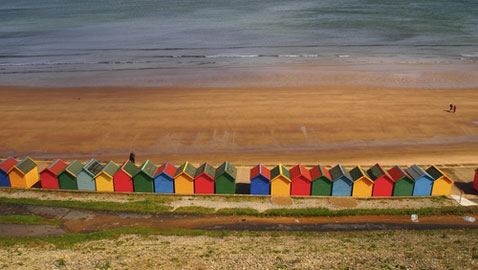During the past decade house prices have more than doubled in half of the seaside towns surveyed in England and Wales, according to latest research from Halifax.
The average house price in seaside towns rose by 97%, slightly ahead of the 95% increase in the whole of England and Wales.
Seaham, in County Durham, has recorded the biggest rise over the past decade with the average house price increasing by almost 183% from £38,443 in 2002 to £108,742 in 2012. Wadebridge and Padstow – both in Cornwall – have seen the next largest rises with increases of 173% and 171% respectively. The average price in Wadebridge is now at £348,986, and £382,806 in Padstow.
Halifax said there is a marked North-South divide in house prices in seaside towns, despite big increases in house prices in many seaside towns in the north over the past 10 years. All 10 of the most expensive seaside towns are on the south coast with eight in the South West.
Salcombe in Devon (£528,920) and Sandbanks in Dorset (£525,927) have the highest average prices with both also featuring amongst the most expensive areas in the country.
Meanwhile, Blackpool features in the list of the 10 least expensive seaside towns with an average house price of £104,747.
All 10 least expensive seaside towns are in northern England. The least expensive town in the survey is Newbiggin-by-the-Sea in Northumberland with an average house price of £75,063.
“Seaside towns are still very popular places to live,” said Martin Ellis, housing economist at Halifax. “They offer a unique lifestyle that for many can’t be matched elsewhere, with that all important sea view, together with a typically high quality of life and a healthy environment.
“However, seaside living of10 comes at a price. The majority of seaside towns in Wales, East Anglia and the South West have an average house price that is higher than the surrounding area. But, this is not always the case and good value properties can be found in many seaside towns in the South East and Yorkshire and the Humber, in particular.”
